
Lucy Hargreaves
British-owned business Spiral Cellars designs, makes and installs a range of luxury wine storage options from free-standing cabinets to bespoke wine rooms. Here, Managing Director Lucy Hargreaves shares her tips on choosing the best storage option, and explains why storing wine has become a greater priority for consumers
1. As an investor, what first attracted you to Spiral Cellars?
I started collecting wine when I was in my early 30s. What started out as an occasional case bought on a whim at a wine fair, soon became a more regular habit. I would go on tips to wineries and would send a few cases of my liquid finds back home. Trouble was, I was buying at a greater rate than I was drinking (despite my best efforts …) . The house was beginning to look like a wine merchants with boxes stacked everywhere, so when the opportunity to invest in Spiral Cellars presented itself, it was a no brainer.
Follow LUX on Instagram: luxthemagazine
2. How has the company evolved over the years?
In the beginning, we only sold the one product, our eponymous underground Spiral Cellar, but over the years, the range of products we offer has greatly expanded, so much so that we can now proudly claim to offer the broadest range of luxury wine storage on the market. Our portfolio of cellaring solutions now includes state-of-the-art contemporary glass wine walls, more modest yet still elegant freestanding wine cabinets, bespoke wine rooms and of course, our statement underground cellars. With the range of cellaring solutions we offer, we can create storage to suit a wide range of requirements, personal tastes, budgets and available space.
The expansion of our product portfolio was in response to changing customer needs and expectations. Wine storage used to be an after-thought, with bottles hidden away in the bowels of the house. But then, as more of us started to drink higher quality wines, coupled with the growth of home entertaining, wine storage underwent something of a renaissance. Suddenly, cellaring was no longer just a pragmatic storage solution, it became a highly desirable interior feature.
3. What sets your products apart?
Our products are born out of experience. Over the last 40 years, we have installed more than 4,000 cellars in the UK alone and numerous others around the world. It’s fair to say that this has given us a degree of experience and cellaring know-how that is simply unrivalled within the industry. Our clients can enjoy total peace of mind, confident their wine is safely and securely housed in a Spiral Cellar wine room, cabinet, wall or cellar. And as we all know, you can’t put a value on peace of mind.
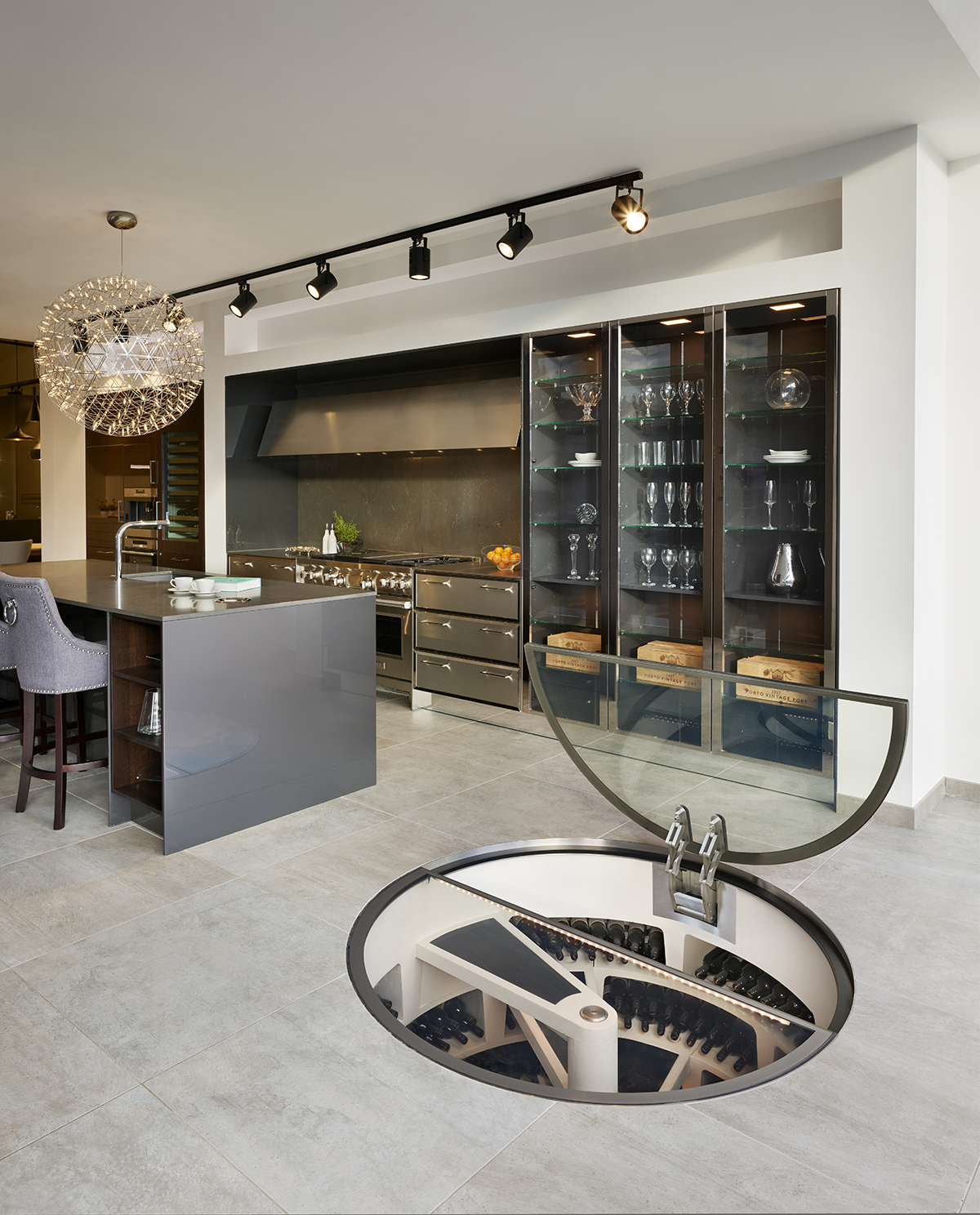
The company’s original product the Spiral Cellar offers a stylish and space efficient storage option
4. How important is it for your team to be knowledgeable about wine?
Wine cellaring is actually a very complicated business. It’s not easy to create the exacting environmental conditions required to aid wine maturation. Yes it’s important that our wine cellars, rooms, walls and cabinets look beautiful, but more fundamentally, it’s crucial that they provide the ideal environmental conditions in which to store both ready-to-drink wine and bottles that need longer term cellaring. To help our team appreciate the intricacies of wine cellaring, they need to appreciate wine. That’s why it’s a requirement that everyone in the company takes the WSET Level 1 course, the exception being our design team who must sit Level 2. I passionately believe that our designers build better cellars because they truly understand wine.
Read more: View James Turrell’s immersive light installations online at Pace Gallery, London
5. What advice would you give to a client considering a cellar installation?
The golden rule is to start with the wine, rather than the space. Take the time to really ask questions of your collection. What size is it currently? Is it likely to grow over time and at what pace? Will you be looking to store larger or unusually shaped bottles in your cellar? What about cases, spirits, stemware etc? Once the storage parameters have been set, it’s then time to think about the form and style the storage will take, and where it will be located within the home. Clients assume that the latter is an obvious decision, but you would be amazed at the number of times we are approached to design storage to suit a particular space, only for it to be positioned elsewhere having visited the client’s property.
6. What’s your favourite wine to drink at home?
I do have some favourites (you can’t go wrong with a decent Zinfandel), but my real love is trying new wines. I’m lucky to have friends in the industry who have introduced me to some absolute gems over the years. I recently had a bottle of Gaja Barbaresco 2008, a case of which was given to me by a grateful client. It’s by no means an everyday wine, but my goodness, it was special.
Find out more: spiralcellars.co.uk



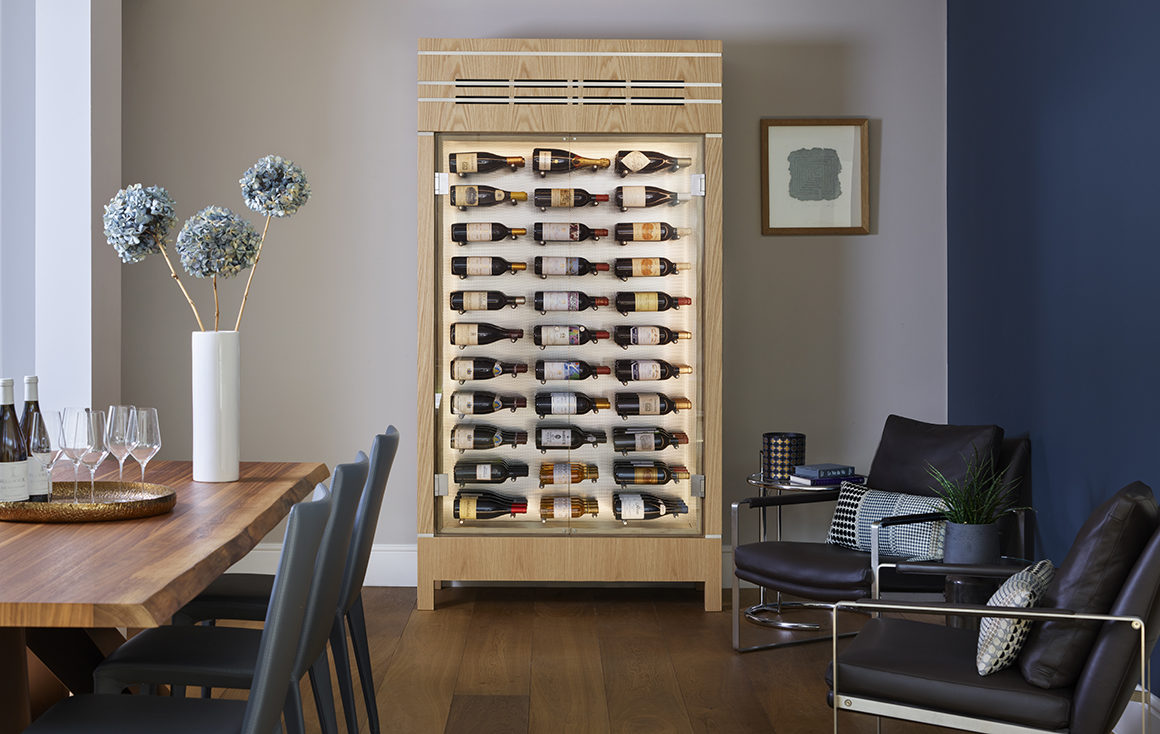
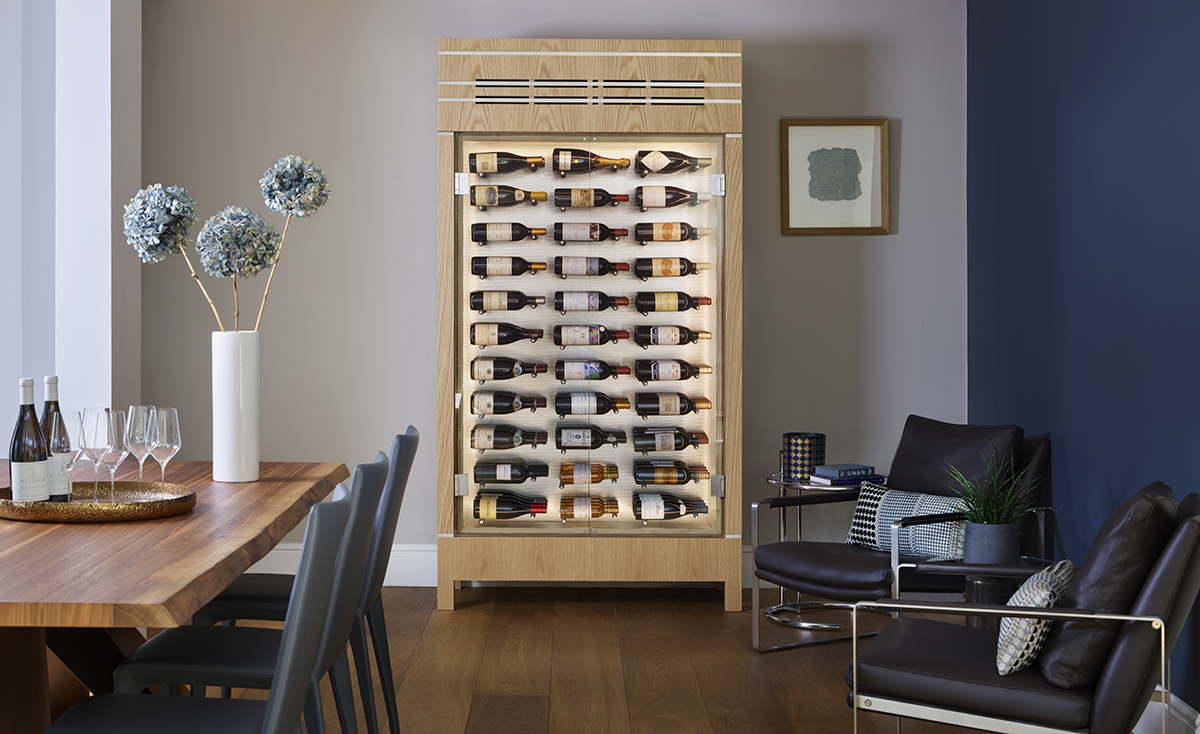
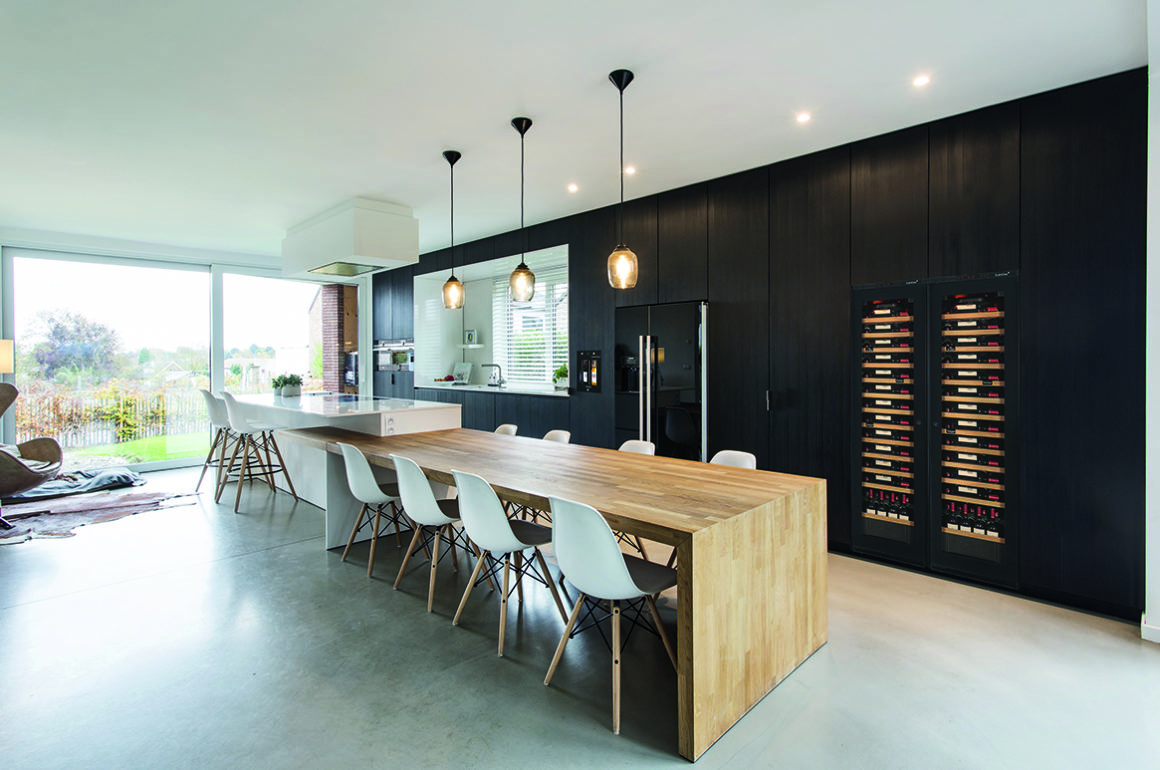
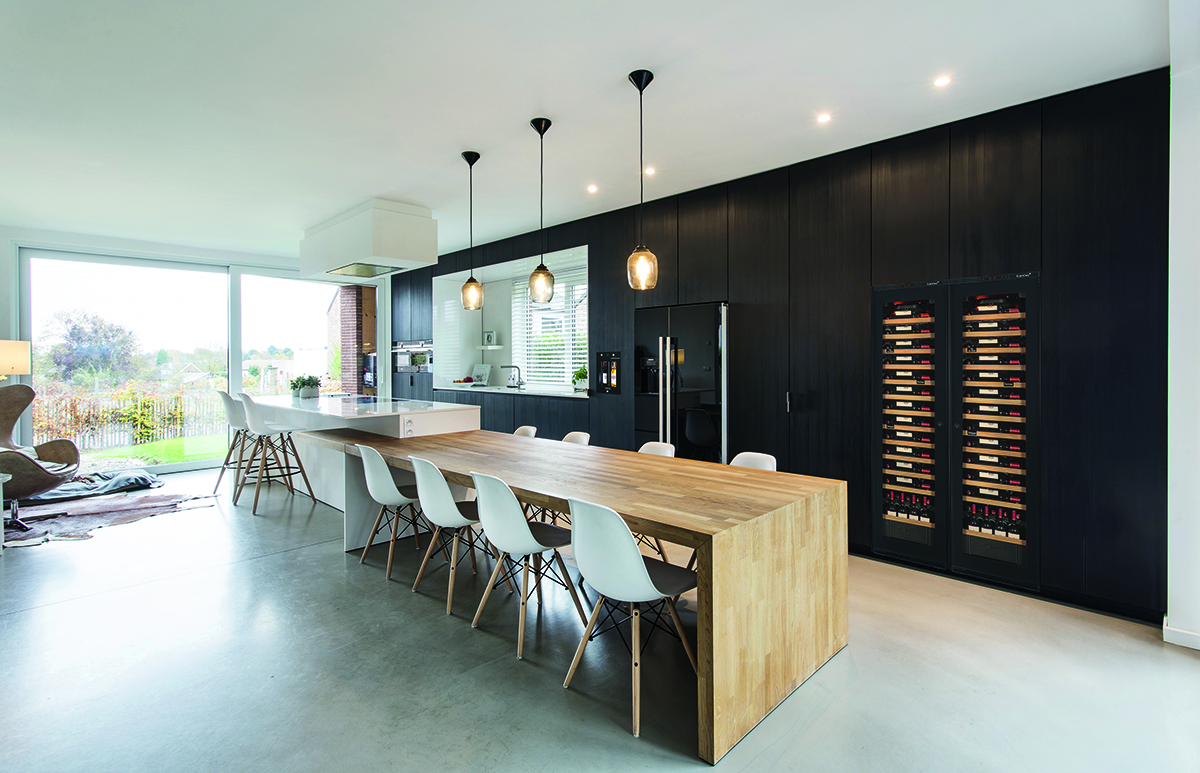
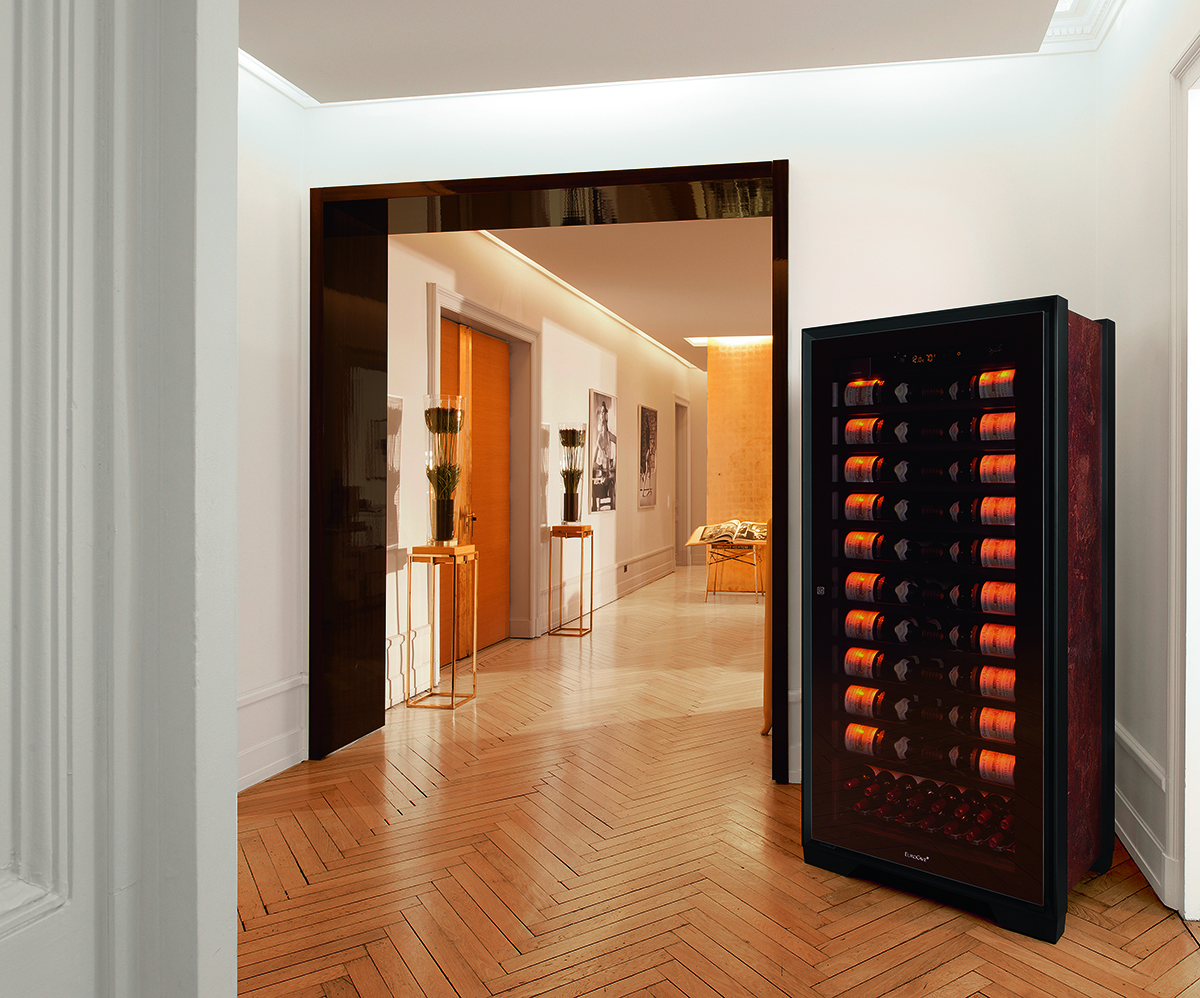
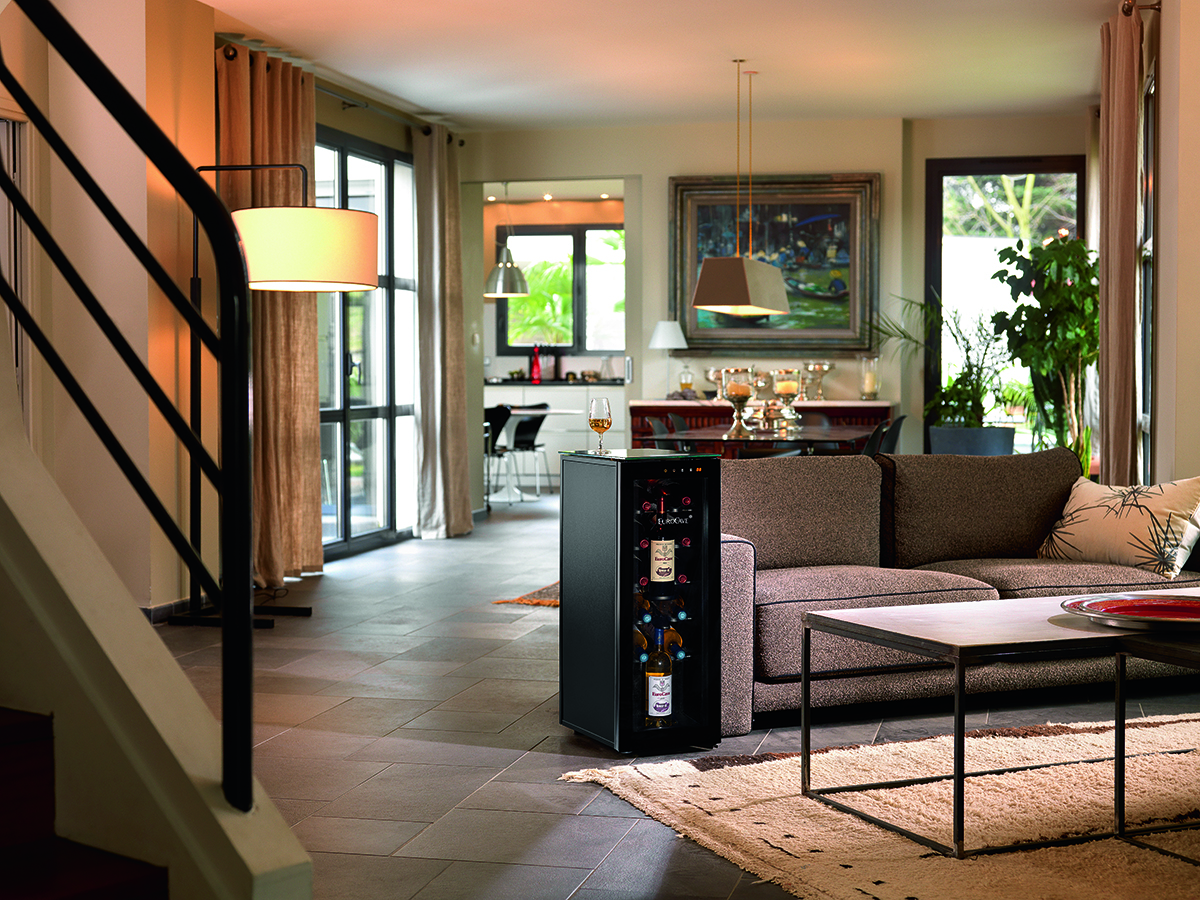



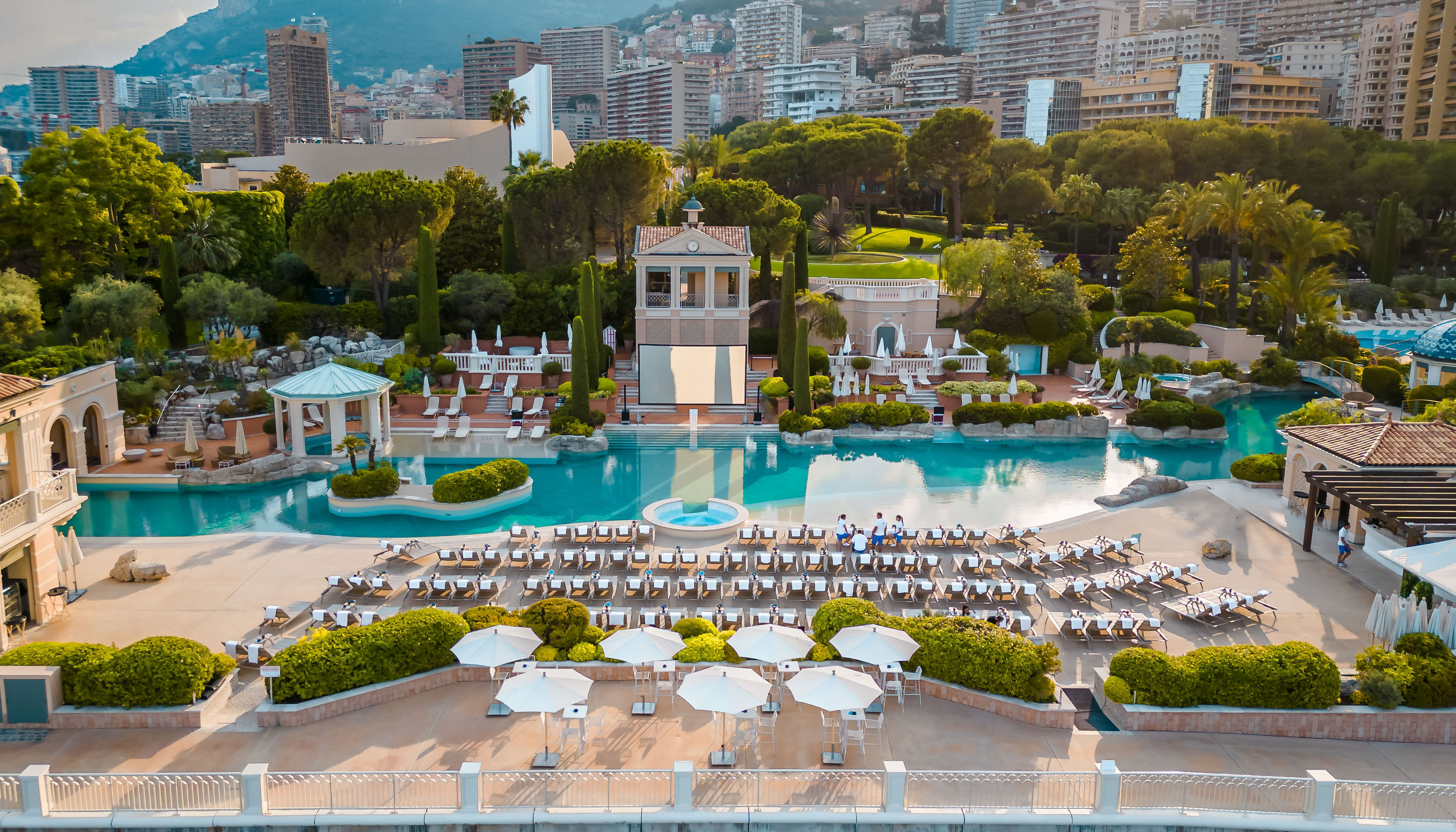

Recent Comments